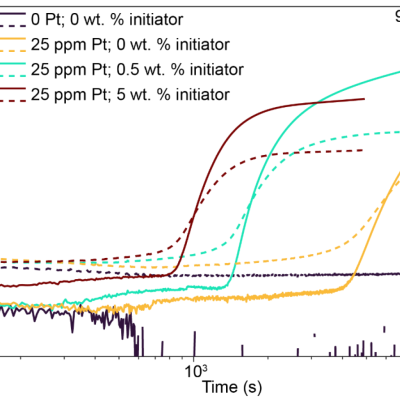As an important step toward overcoming the technical and environmental limitations of current REE processing methods, the LLNL team has patented and demonstrated a biobased, all-aqueous REE extraction and separation scheme using the REE-selective lanmodulin protein. Lanmodulin can be fixed onto porous support materials using thiol-maleimide chemistry, which can enable tandem REE purification…
Keywords
- Show all (51)
- Synthesis and Processing (21)
- Additive Manufacturing (7)
- Materials for Energy Products (6)
- Material Design (4)
- 3D Printing (2)
- Membranes (2)
- Additively Manufactured (AM) Optics (1)
- Direct Air Capture (1)
- Instrumentation (1)
- Magnet Compositions (1)
- Material Characterization (1)
- Multilayers (1)
- (-) Rare Earth Elements (REEs) (2)
- (-) Structural Materials (1)
Technology Portfolios


The approach is to use peroxides to modify the reaction kinetics in the production of polysiloxanes. A radical initiator in the presence of a hydride-terminated polysiloxane will increase the rate of curing and reduce manufacturing costs. At a minimum a formulation would contain a hydride-terminated polysiloxane, a platinum catalyst, and an initiator that generates radicals. …

LLNL researchers have discovered that some inexpensive and commercially available molecules used for other applications, could render certain lanthanide and actinide elements highly fluorescent. These molecules are not sold for applications involving the detection of REEs and actinides via fluorescence. They are instead used as additives in cosmetic products and/or in the pharmaceutical…

